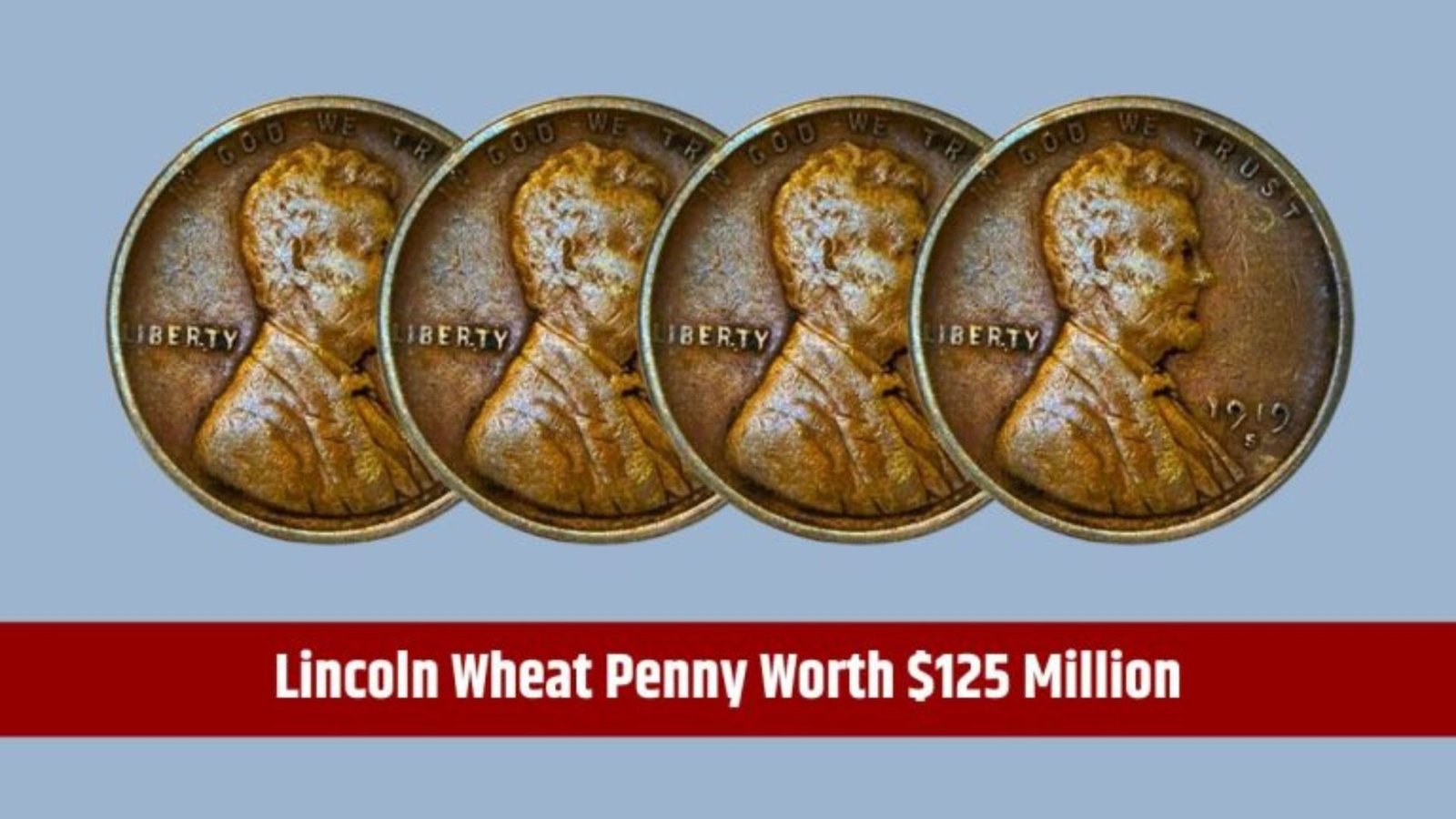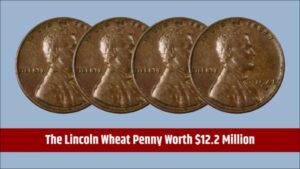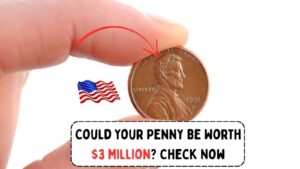The Lincoln Wheat Penny is a small piece of history that could be hiding in your pocket change. This iconic coin, first minted in 1909, is famous for its simple design and potential for incredible value. Some rare versions of this penny have sold for jaw-dropping amounts, with one reportedly valued at $125 million! In this guide, we’ll break down what makes the Lincoln Wheat Penny so special, why some are worth a fortune, and how you can spot one in circulation.
What Is the Lincoln Wheat Penny?
The Lincoln Wheat Penny, often called the “Wheat Penny,” was created to honor Abraham Lincoln, the 16th U.S. President. Designed by Victor David Brenner, it was the first U.S. coin to feature a president’s portrait. The coin gets its name from the two wheat stalks on the back, symbolizing America’s agricultural roots. Minted from 1909 to 1958, these pennies are still found in circulation today, making them a treasure hunter’s dream.
Why Are Wheat Pennies Valuable?
Not every Wheat Penny is worth millions, but certain rare ones stand out due to their unique features, errors, or limited production. Factors like minting mistakes, low production numbers, or excellent condition can drive up a penny’s value. Collectors are eager to pay top dollar for these rare finds, especially if they’re in pristine shape.
Key Features of Valuable Lincoln Wheat Pennies
To identify a valuable Wheat Penny, you need to know what to look for. Here are the main details that make some pennies worth more than others:
| Feature | Description |
|---|---|
| Mint Mark | Look for a small letter on the front of the coin (e.g., “S” for San Francisco, “D” for Denver, or no mark for Philadelphia). Rare mint marks like “S” can increase value. |
| Year | Certain years, like 1909-S, 1914-D, or 1931-S, are rarer and more valuable due to low mintage. |
| Condition | Coins in excellent condition (unworn, shiny) are worth more. Grading systems like MS-70 indicate top quality. |
| Minting Errors | Mistakes like double stamping (double die) or wrong metal (e.g., 1943 copper penny) make coins extremely rare. |
Rare Wheat Pennies to Watch For
Some Lincoln Wheat Pennies are legendary among collectors. Here are a few that could make you rich:
- 1909-S VDB: This penny has the designer’s initials (VDB) on the back and was minted in low numbers. Only 484,000 were made, and it can sell for over $100,000 in top condition.
- 1914-D: With just 1.2 million produced, this penny from the Denver Mint is highly sought after, fetching thousands of dollars.
- 1931-S: This San Francisco penny had a low mintage of 866,000, making it another valuable find.
- 1943 Copper Penny: Most 1943 pennies were made of steel due to wartime copper shortages, but a few copper ones were minted by mistake. These can be worth millions!
How to Spot a Valuable Wheat Penny
Finding a valuable Wheat Penny in your change is like hitting the lottery, but it’s possible! Here’s how to check:
- Check the Date and Mint Mark: Look at the year and the tiny letter under it. Rare dates or mint marks like “S” or “D” are a good start.
- Examine the Condition: Is the coin shiny and unworn? Coins in great shape are worth more.
- Look for Errors: Double-check for oddities like doubled text or unusual metal (e.g., a copper-colored 1943 penny).
- Get It Appraised: If you think you have a rare penny, take it to a professional coin dealer or grading service like PCGS or NGC.
Where to Find Wheat Pennies
Wheat Pennies are still out there! Here are some places to look:
- Pocket Change: Check your coins daily—you might get lucky.
- Coin Rolls: Buy rolls of pennies from banks and search through them.
- Flea Markets or Coin Shows: These are great spots to find old coins.
- Inherited Collections: Old jars or boxes from family members might hold treasures.
How to Sell a Valuable Wheat Penny
If you find a rare Wheat Penny, don’t rush to sell it. Follow these steps to get the best price:
- Get It Graded: Professional grading services will certify the coin’s condition and authenticity, boosting its value.
- Research the Market: Check recent auction prices for similar pennies to know what yours is worth.
- Choose a Selling Method: You can sell through auction houses, coin dealers, or online platforms like eBay. Auctions often fetch the highest prices for rare coins.
- Store It Safely: Keep your penny in a protective holder to maintain its condition.
Why Are Wheat Pennies Still in Circulation?
Even though Wheat Pennies haven’t been minted since 1958, they remain legal tender. Many were saved in collections, but some still circulate because people don’t realize their value. Banks, vending machines, or old piggy banks might hold these hidden gems, waiting for a sharp-eyed collector to spot them.
Conclusion
The Lincoln Wheat Penny is more than just a coin—it’s a piece of American history with the potential for life-changing value. By knowing what to look for, like rare dates, mint marks, or errors, you could uncover a treasure worth thousands or even millions. Start checking your change, and who knows? You might find a penny that changes your life!
FAQs
What makes a Lincoln Wheat Penny valuable?
Rare dates, mint marks (like “S” or “D”), minting errors (like double die or 1943 copper pennies), and excellent condition increase a penny’s value.
Where can I find Wheat Pennies?
You can find them in pocket change, bank coin rolls, flea markets, coin shows, or inherited collections.
How do I know if my Wheat Penny is rare?
Check the date, mint mark, and condition. Rare pennies include 1909-S VDB, 1914-D, 1931-S, or 1943 copper pennies. Get it appraised by a professional.
Can I sell a Wheat Penny myself?
Yes, you can sell through coin dealers, auction houses, or online platforms like eBay. Getting it graded first can increase its value.
Are all Wheat Pennies worth a lot?
No, most Wheat Pennies are worth a few cents to a few dollars. Only specific rare ones, like those with errors or low mintage, are worth thousands or millions.




